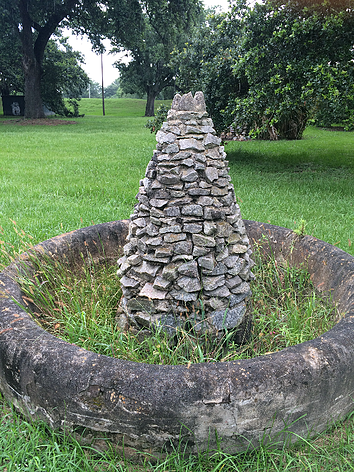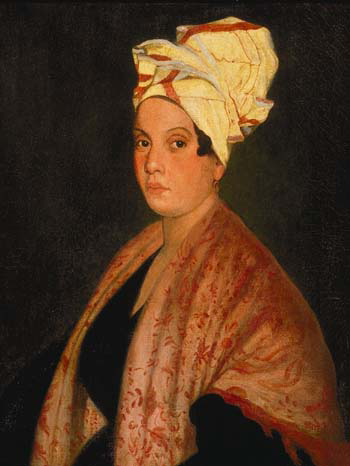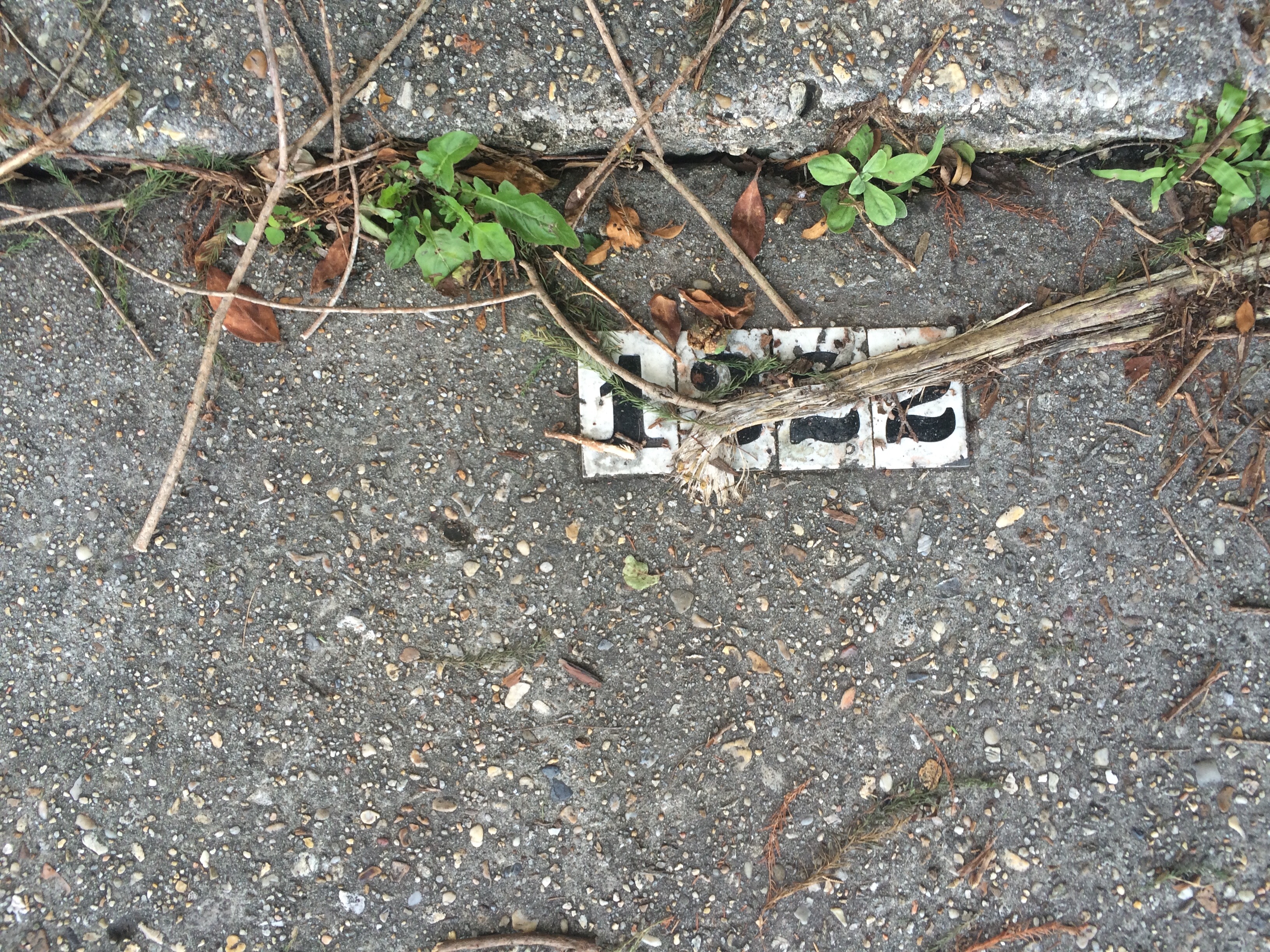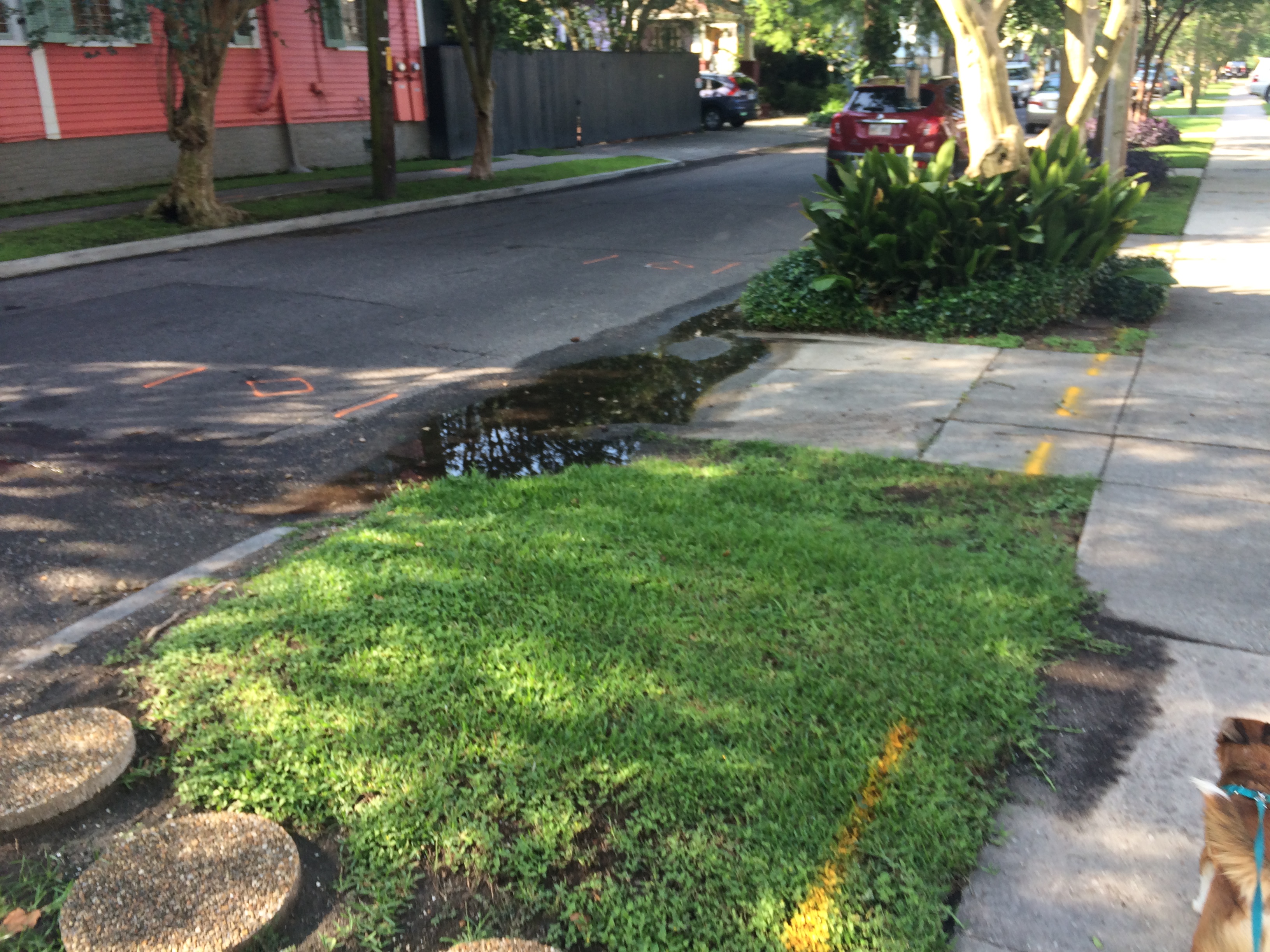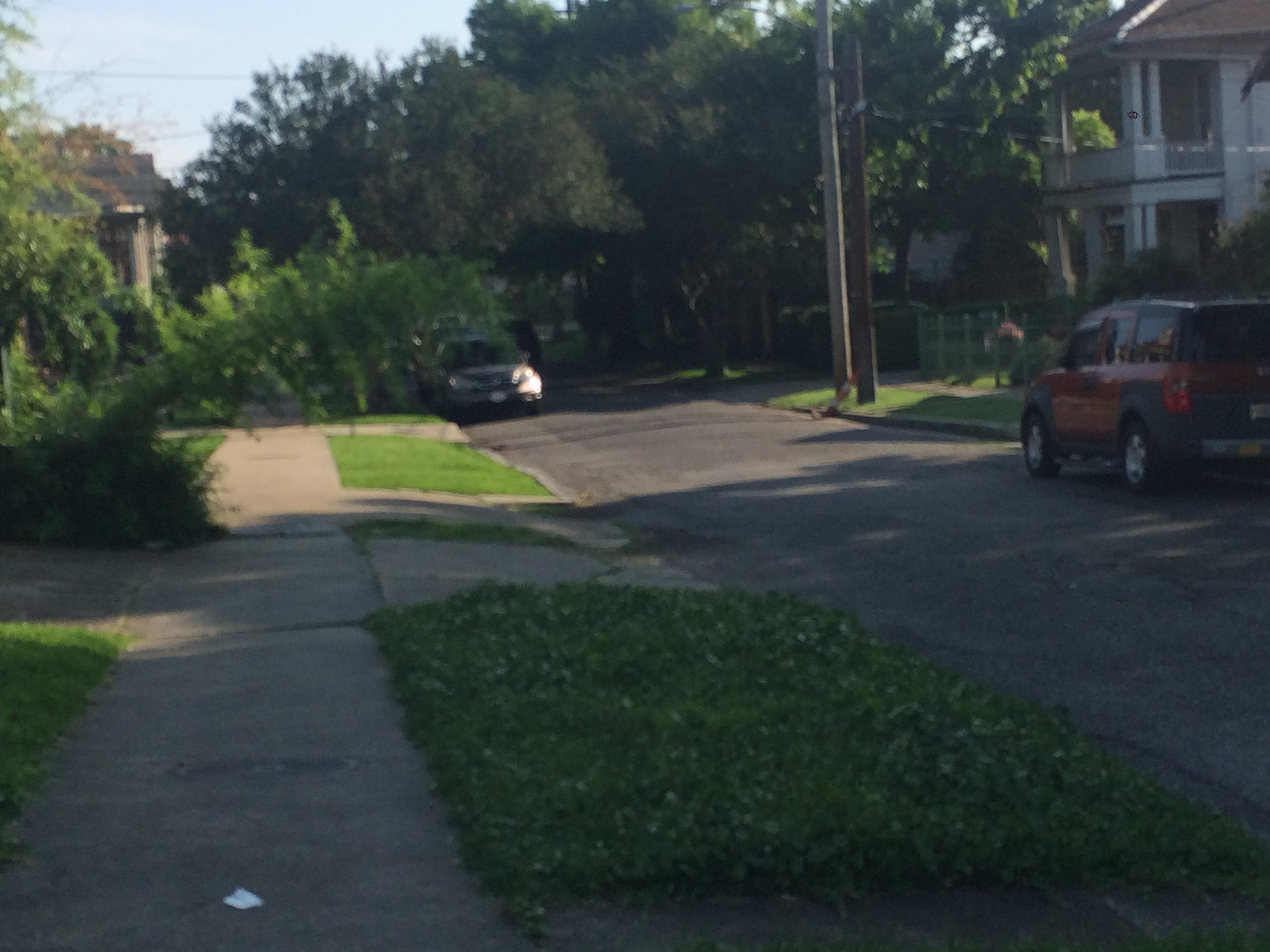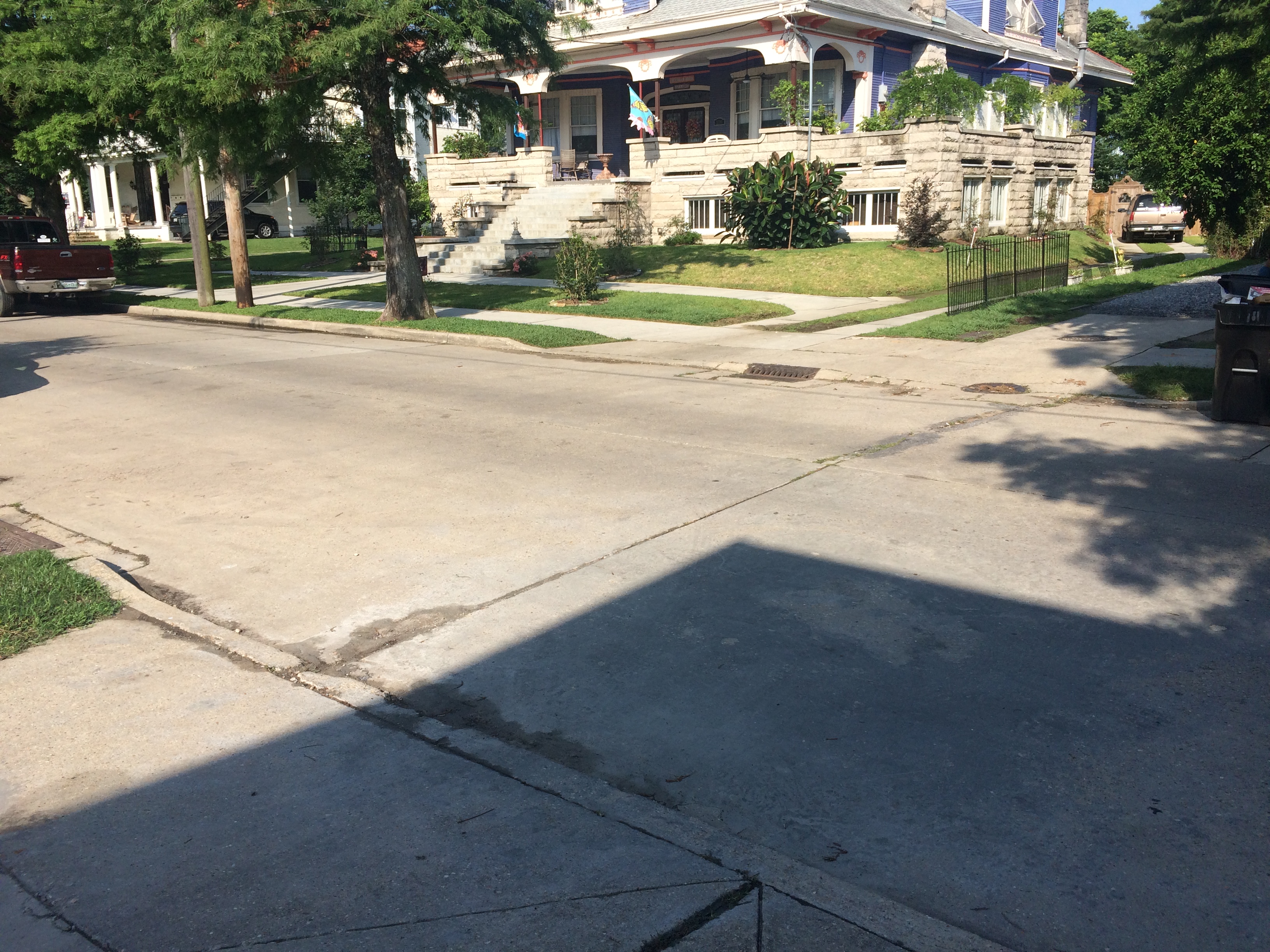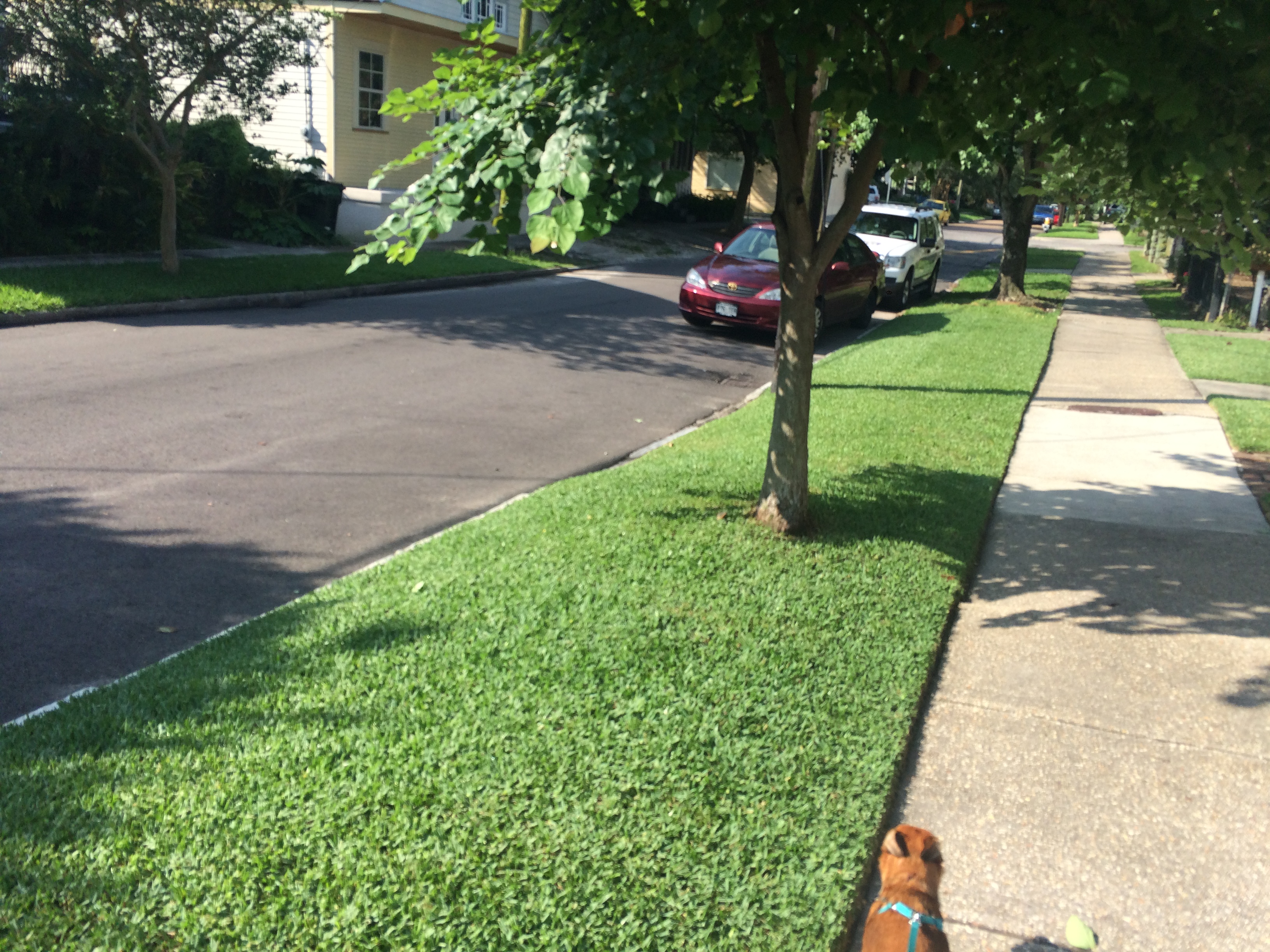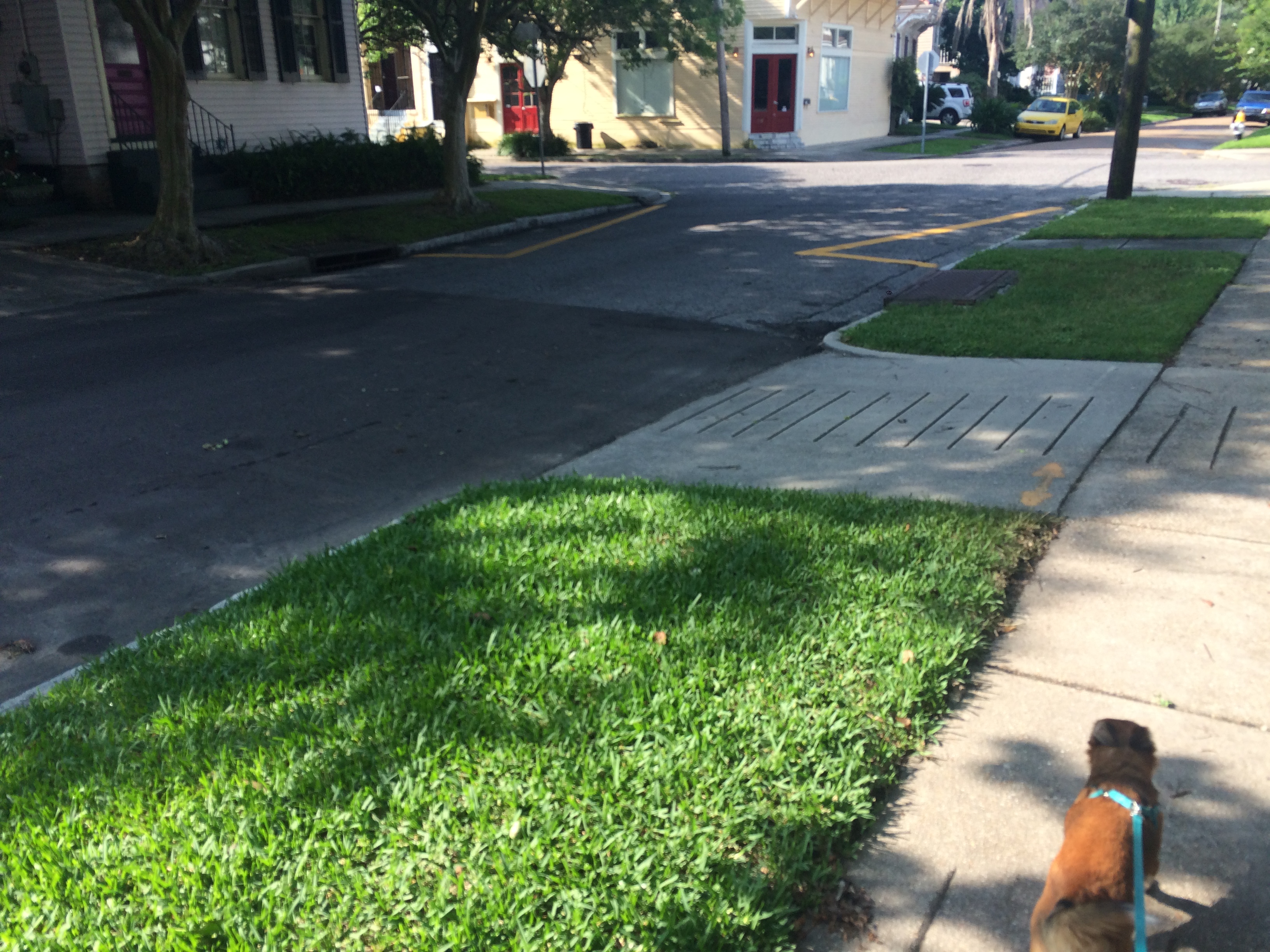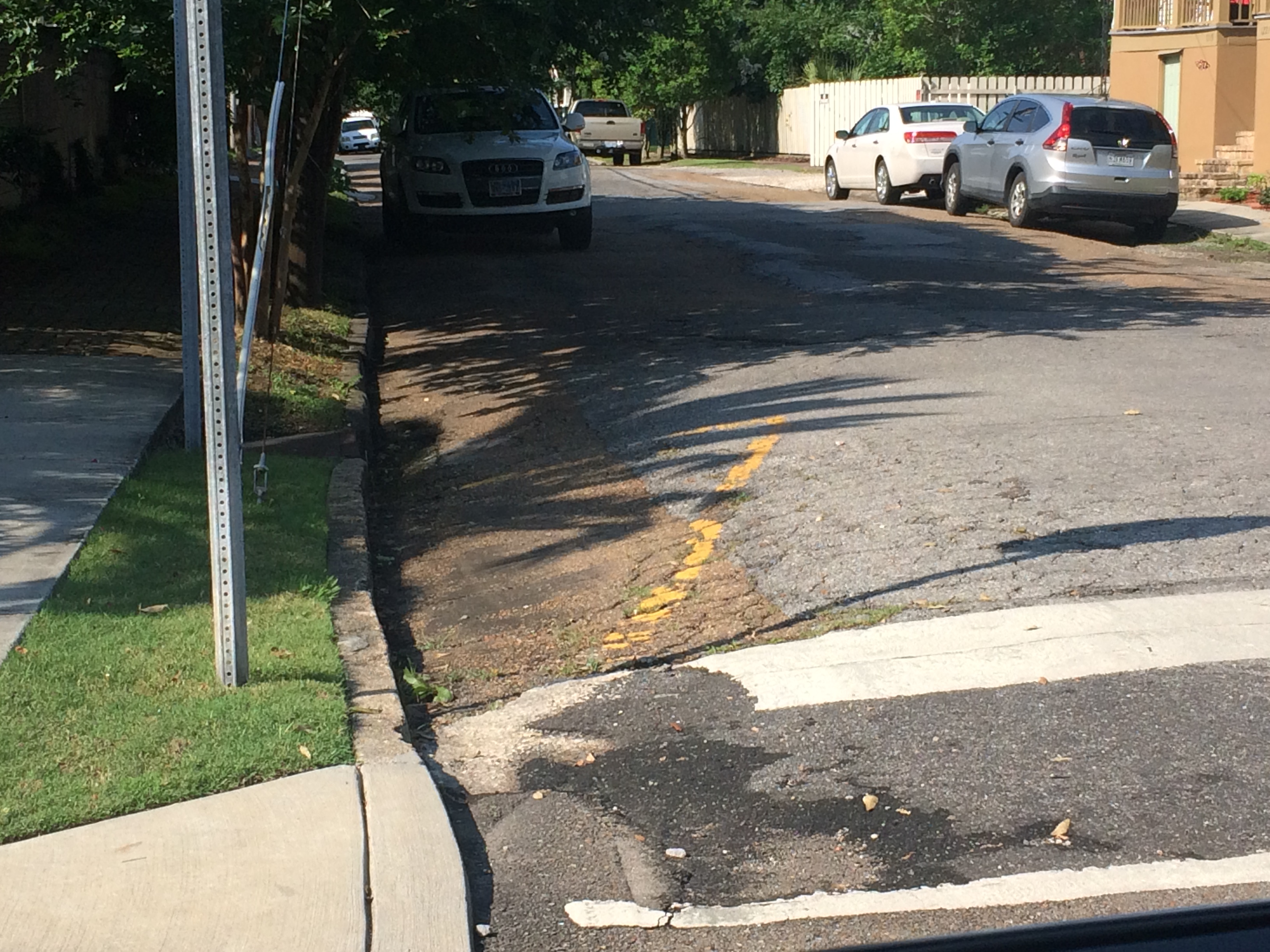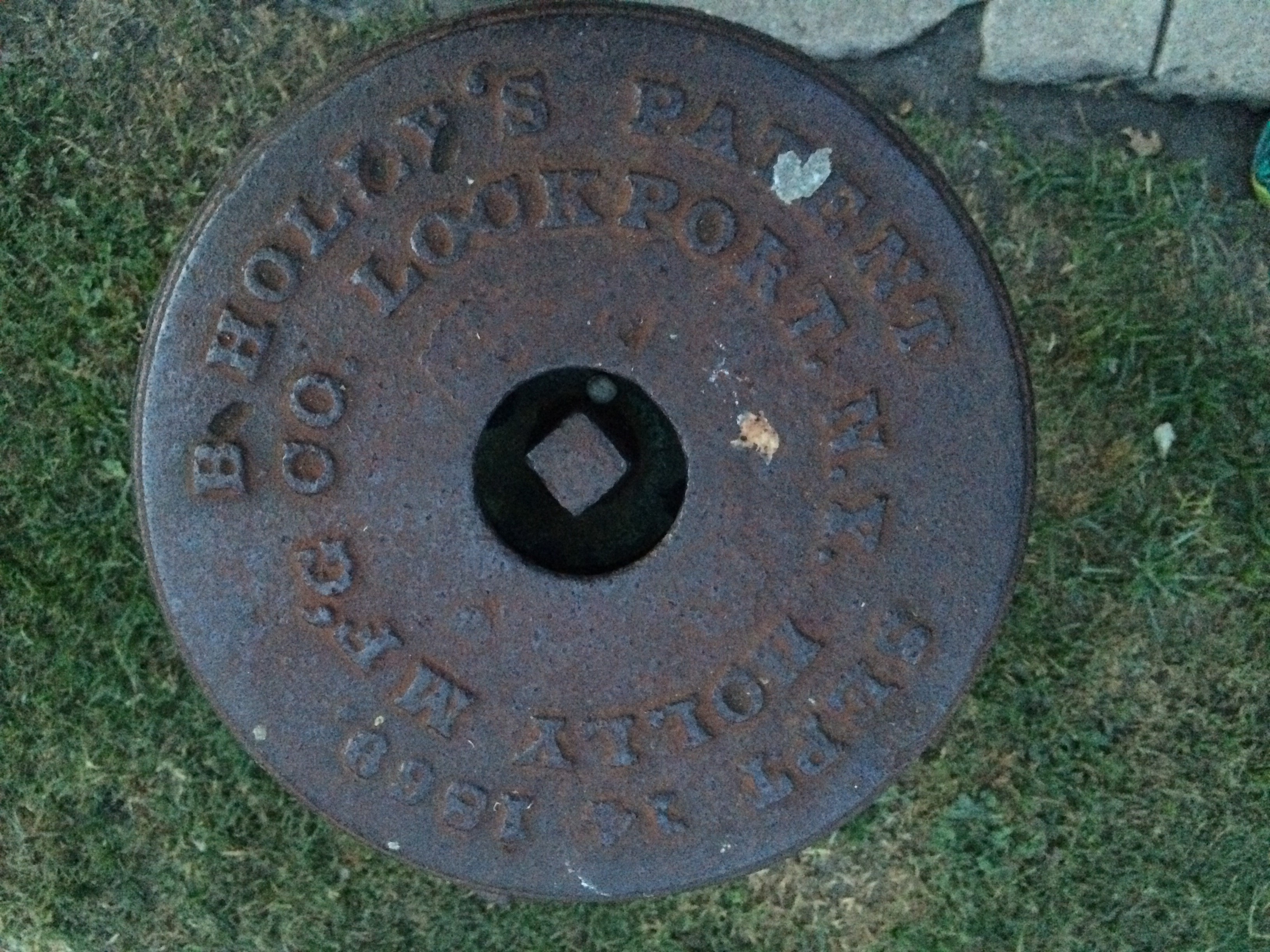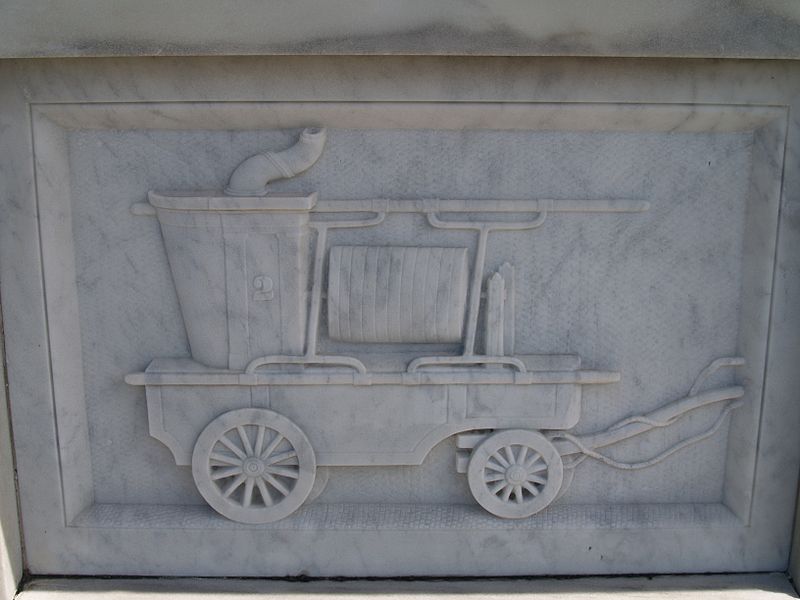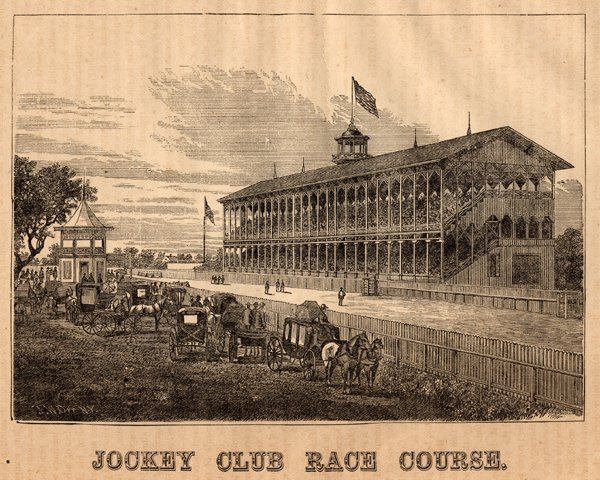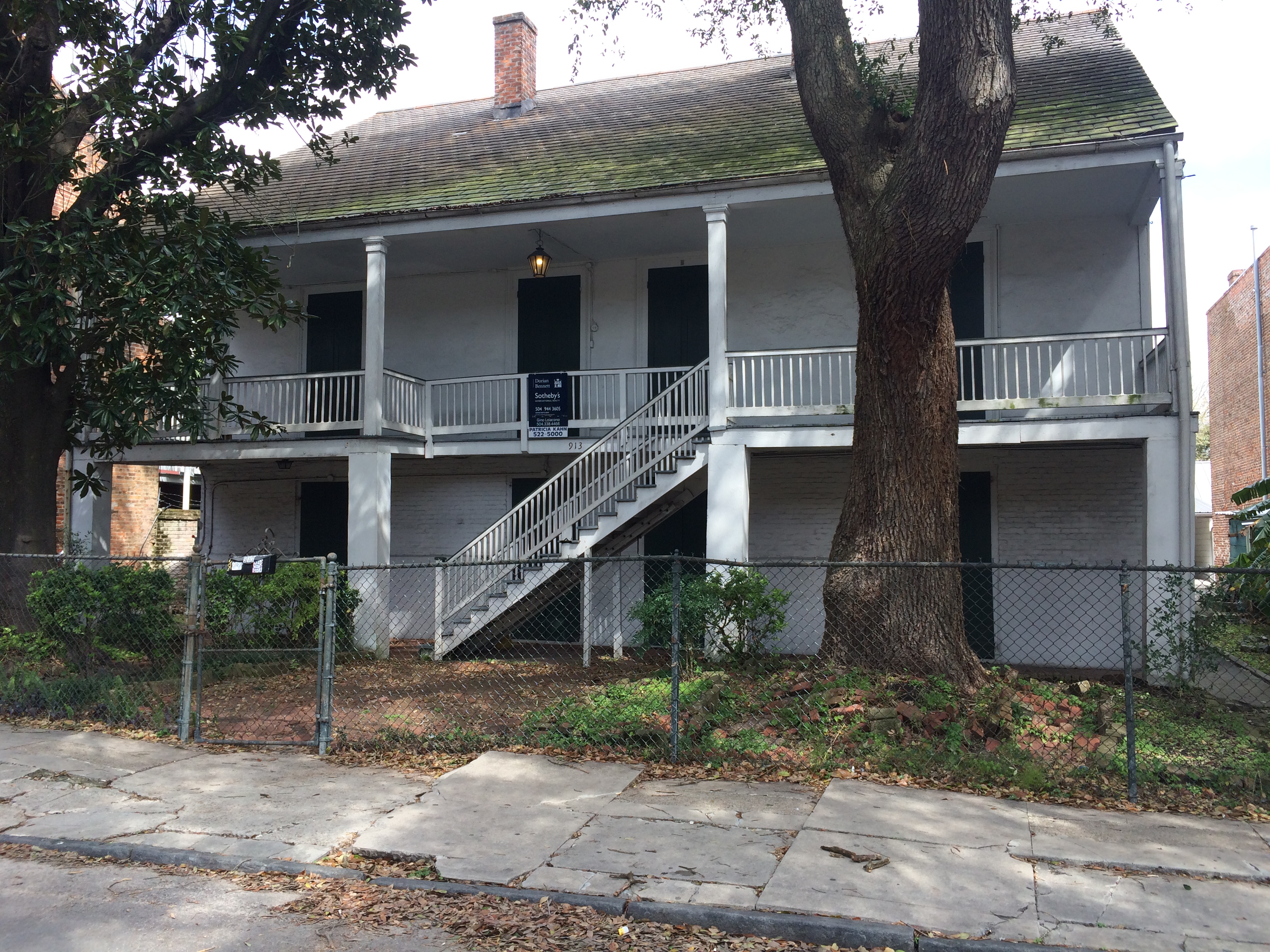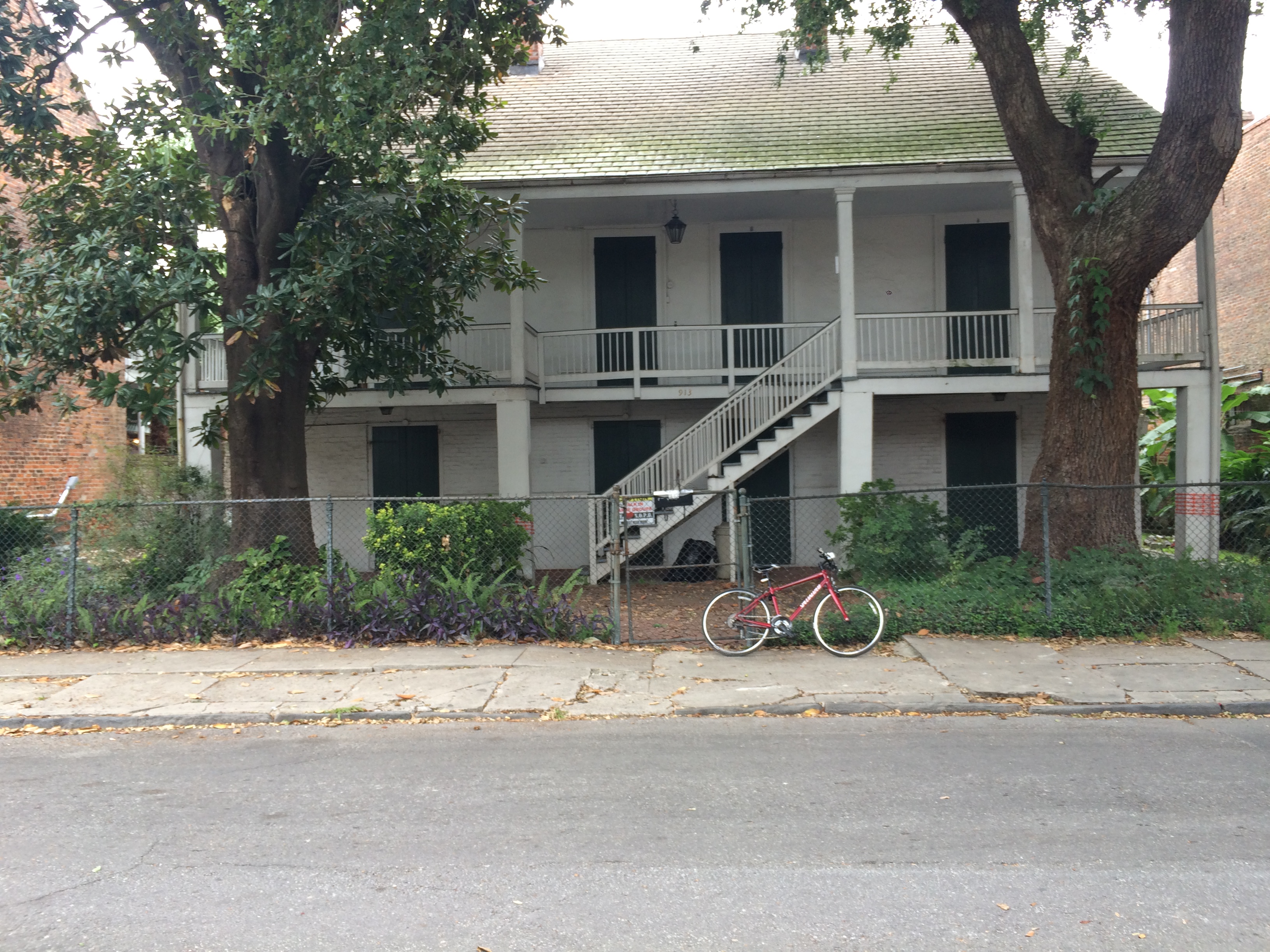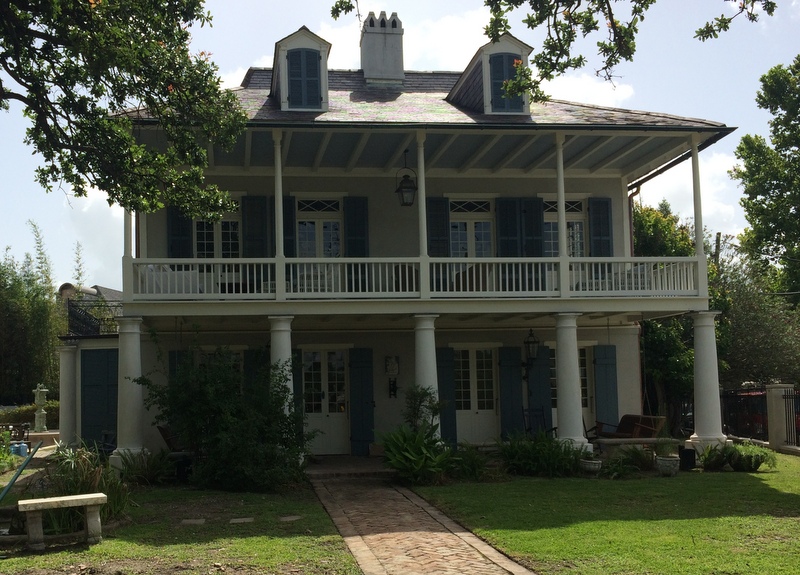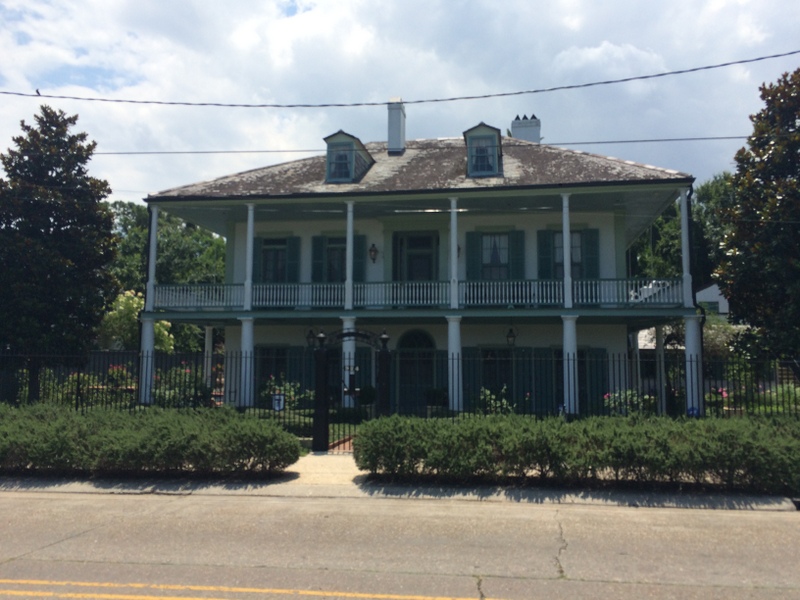As many cities move toward more bike-friendly infrastructure, including our own, let’s take a trip back to the bicycle craze of the 1890s through this March 23, 1896 Times-Picayune article. Through the hilarious language of this piece, we get a glimpse into New Orleans’ troublesome roads (some things never change!) as well as the changes in women’s attire (and women’s rights) the bicycle helped facilitate:
“‘Fellow cyclers,’ said the young man of the Southern Wheelmen who makes his long-distance runs awheel regularly, ‘when you want to make a day of it it is an easy thing to do. Get out your wheel, dust it up, and then get on your togs. Oil the bearings, graphite the chain and tighten the machine all around. Now while you tighten the machine up you want to loosen yourself. Get on some old garments that are soft and hang loosely, shoes that are comfortable, and then get out and hunt up the fellow who is going with you….
‘About the roads, oh, yes, well, if you read in the papers some time ago that the commissioner of public works intended to furnish shells for the piece of road on bayou St. John [sic]…you were mistaken if you thought they were to be placed decently. I’m just telling you that great big oyster shells are scattered all over this piece of road; some of them in holes, some in the gutter and the most of them any place but where they would do good.…
‘You can’t imagine the number of young ladies that are riding now.…take yourself to a designated spot, like the parks and the lake ends, and there you find them in bundles, in all kinds of wrappers. Didn’t see a single bloomer girl. No use talking, the short skirt will hold its own here, and it’s all right as far as I’m concerned, but I don’t want to getup for a long distance ride with a girl who wears one of those skirts with plenty of material in it. It would just be a day of high wind, and it would be straight at her all the way home. You know what that means.'” [1]
Ladies “in bundles”?! In “all kinds of wrappers”?! Were they pieces of candy?? Without knowing much about the intersection between bicycles and women’s rights in the late nineteenth century, I did notice the charged language this guy used in his descriptions of women’s attire—which sent me down an internet rabbit hole to say the least. But just imagine it! Ladies in outfits like these whizzing along the bayou’s banks!
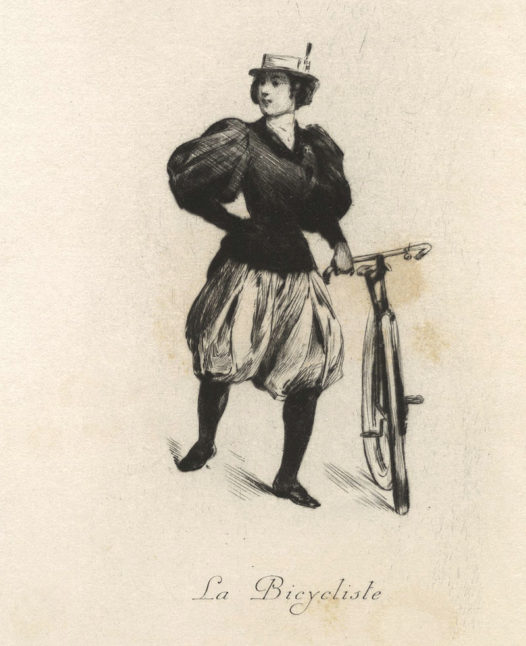 Georges Montorgueil, 1857-1933 (creator) Henry Somm, 1844-1907 (illustrator)
Georges Montorgueil, 1857-1933 (creator) Henry Somm, 1844-1907 (illustrator)
For more on the bicycle’s role in the women’s movement, check out this very detailed write-up. And then put on your bloomers, “loosen yourself,” and take a cruise along the shell roads!
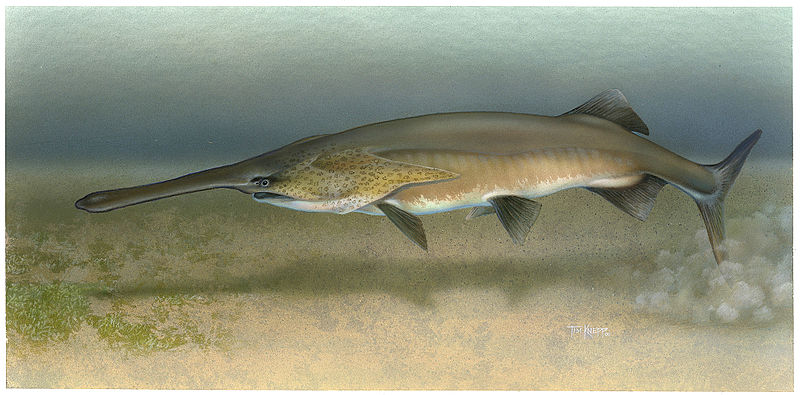 So if you happen to take a swim in the bayou someday soon, don’t be alarmed if you feel something slippery slide against your leg! It’s only a sign of the bayou’s improving health, after all….
So if you happen to take a swim in the bayou someday soon, don’t be alarmed if you feel something slippery slide against your leg! It’s only a sign of the bayou’s improving health, after all….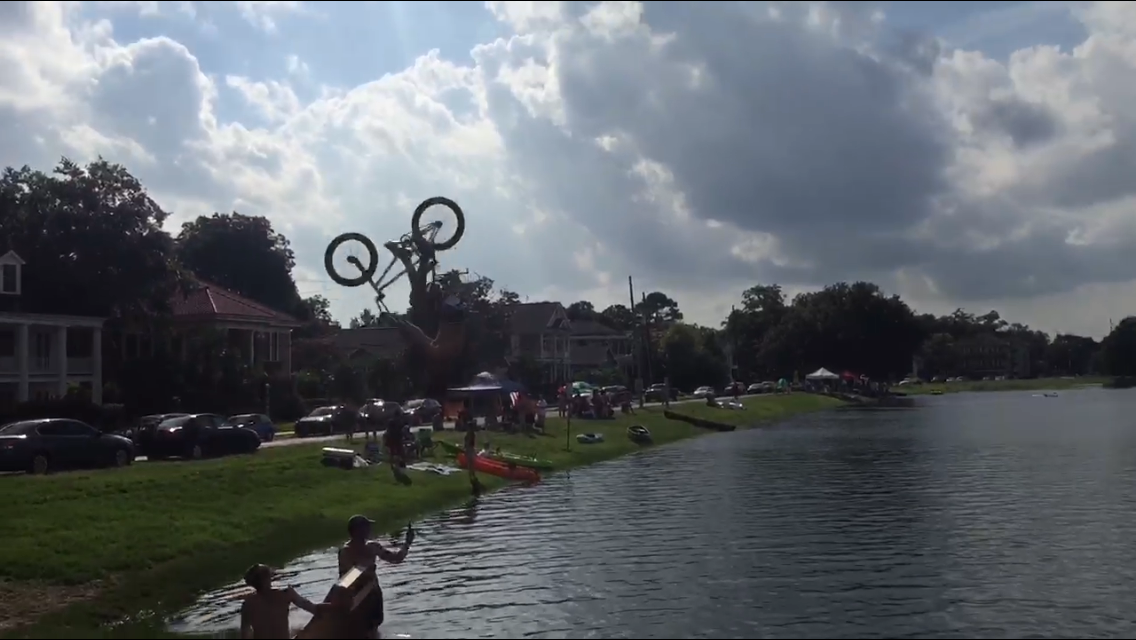


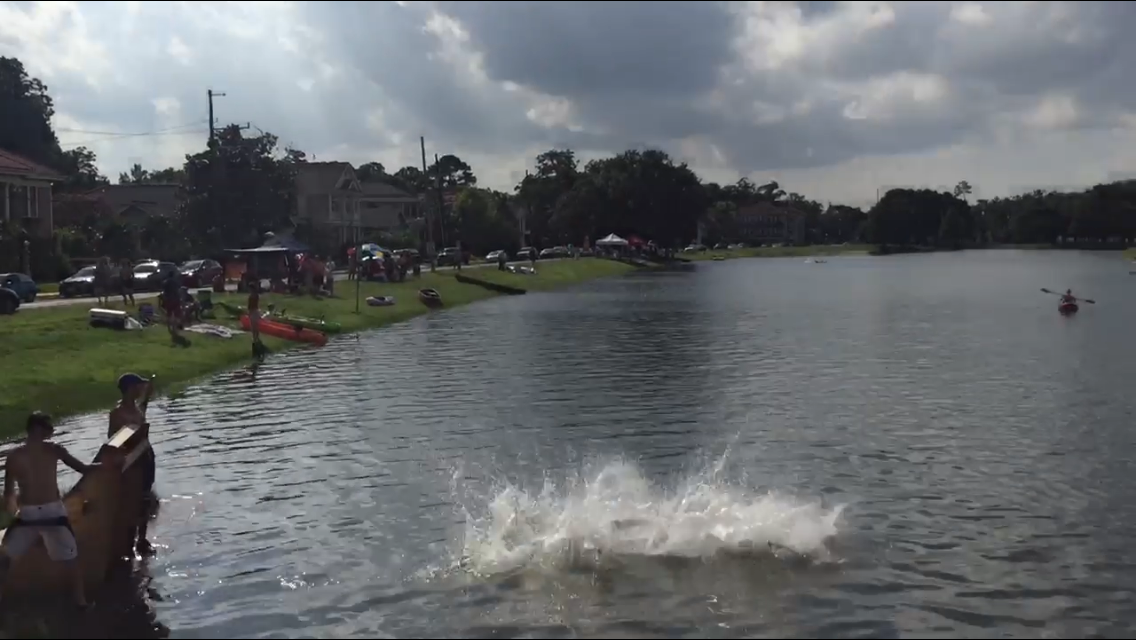
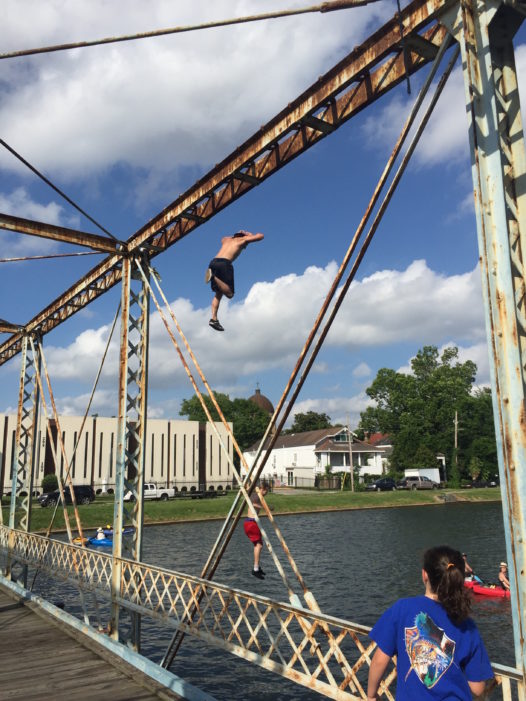 These guys were the ones to remind me of that letter I came across while doing some bayou research at the New Orleans Public Library last summer. The letter was written by a certain Walter Parker, Chairman of the Bayou St. John Improvement Association (and future mayor of New Orleans), to Honorable George Reyer, Superintendent of Police, and dated April 10, 1934. It read as follows:
These guys were the ones to remind me of that letter I came across while doing some bayou research at the New Orleans Public Library last summer. The letter was written by a certain Walter Parker, Chairman of the Bayou St. John Improvement Association (and future mayor of New Orleans), to Honorable George Reyer, Superintendent of Police, and dated April 10, 1934. It read as follows: